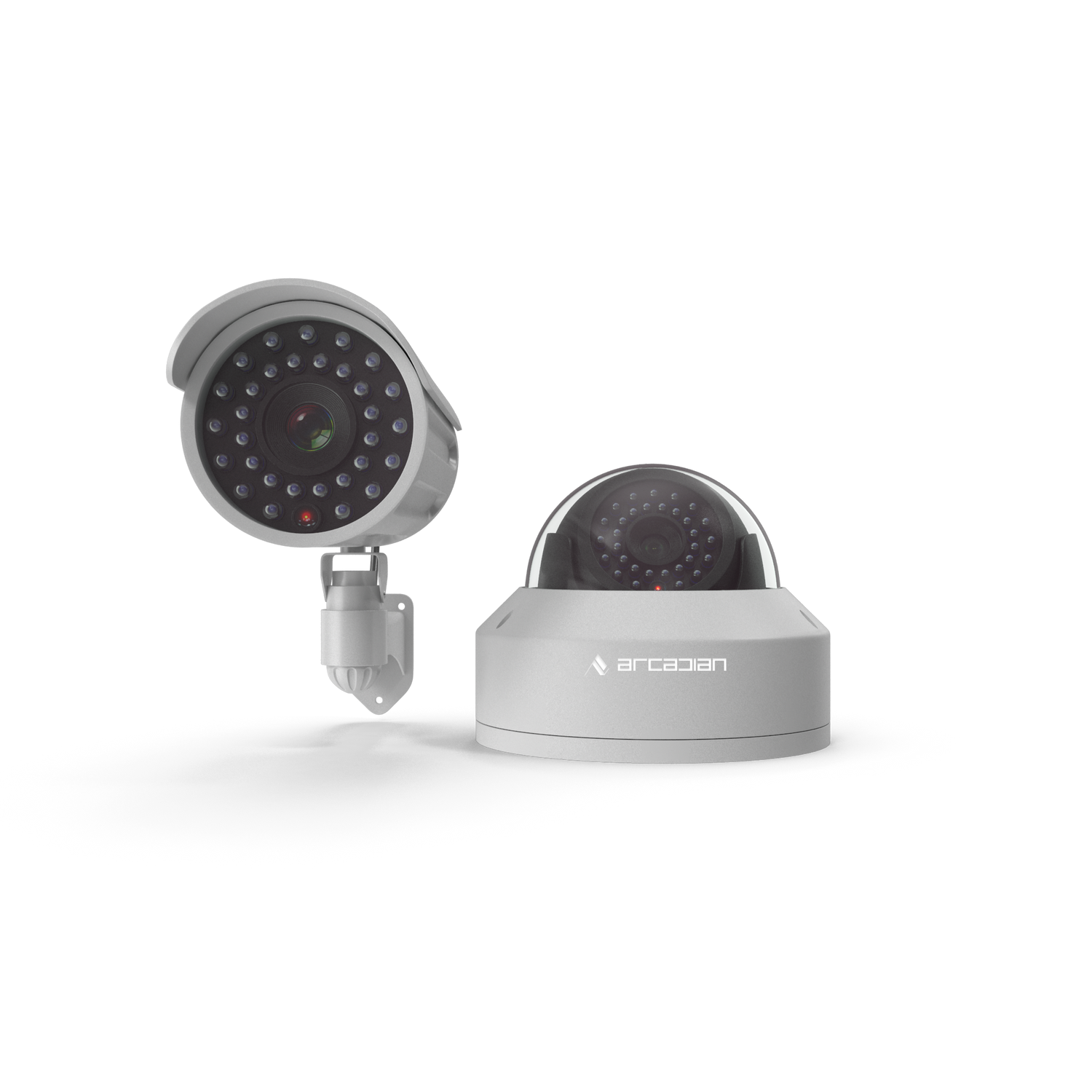Why Do NVRs and DVRs Fail? A Statistical Analysis with Practical Solutions
Network Video Recorders (NVRs) and Digital Video Recorders (DVRs) play a crucial role in traditional video surveillance, but these systems are prone to failure, impacting security coverage. Understanding the common reasons why NVRs and DVRs fail, backed by data, can help businesses proactively address vulnerabilities and explore reliable alternatives. Key...

Network Video Recorders (NVRs) and Digital Video Recorders (DVRs) play a crucial role in traditional video surveillance, but these systems are prone to failure, impacting security coverage. Understanding the common reasons why NVRs and DVRs fail, backed by data, can help businesses proactively address vulnerabilities and explore reliable alternatives.
Key Statistics on NVR/DVR Failures
-
Hard Drive Failures – 60%
Hard drives endure continuous data recording, which leads to mechanical wear over time. This is the most common reason for NVR/DVR failures, resulting in lost footage and data retrieval issues. -
Power Outages and Surges – 20%
Power disruptions account for around 20% of failures, often damaging internal components and causing unexpected system shutdowns. Surge protectors and battery backups are critical to mitigate this issue. -
Overheating – 10%
Inadequate cooling leads to overheating, causing hardware breakdowns in about 10% of systems. This is particularly common in setups with insufficient ventilation. -
Outdated Software and Firmware – 7%
About 7% of failures are due to outdated software, which affects system compatibility and security. Regular updates are necessary to prevent malfunctions and vulnerabilities. -
Environmental Factors – 3%
External elements like dust, humidity, and improper installation locations contribute to around 3% of failures. Proper device placement and maintenance are crucial for durability.
Preventative Solutions for NVR/DVR Failures
-
Scheduled Maintenance and Hard Drive Replacement
Regular checks and proactive hard drive replacements help minimize failure risks, ensuring continuity in data storage. -
Power Protection
Using surge protectors and uninterruptible power supplies (UPS) safeguards against power-related failures and data loss. -
Improved Ventilation
Positioning NVRs and DVRs in well-ventilated areas helps prevent overheating and prolongs the lifespan of these devices. -
Timely Software Updates
Updating software and firmware reduces compatibility issues and enhances security, keeping systems stable and functional. -
Consider Cloud-Based Surveillance
Cloud solutions bypass common hardware issues, offering a scalable, reliable option for businesses that want consistent security without heavy hardware maintenance.
The Benefits of Cloud-Based Surveillance
- Reduced Hardware Dependency: Cloud security cameras require minimal on-site equipment, lowering the risk of hardware failures.
- Scalability: Easily expand storage and add cameras as needed.
- Real-Time Monitoring and Remote Access: Access surveillance footage from any location, with real-time alerts for proactive security.
Case Study: A Transition to Cloud-Based Surveillance
A retail chain facing frequent DVR malfunctions switched to a cloud-based security camera system, significantly reducing downtime and maintenance costs. With real-time monitoring and centralized control, the business achieved a 50% reduction in system failures, enhancing overall security.
Secure Your Business with Arcadian.ai
Transitioning to cloud-based security camera systems like those offered by Arcadian.ai provides a reliable solution, minimizing the failure risks of traditional NVR/DVR setups. Schedule a demo to see how Arcadian.ai can support your security goals.
Share This Post
Help others understand NVR/DVR vulnerabilities and the advantages of cloud surveillance by sharing this article on Facebook, Instagram, YouTube, TikTok, and X.

Security is like insurance—until you need it, you don’t think about it.
But when something goes wrong? Break-ins, theft, liability claims—suddenly, it’s all you think about.
ArcadianAI upgrades your security to the AI era—no new hardware, no sky-high costs, just smart protection that works.
→ Stop security incidents before they happen
→ Cut security costs without cutting corners
→ Run your business without the worry
Because the best security isn’t reactive—it’s proactive.







